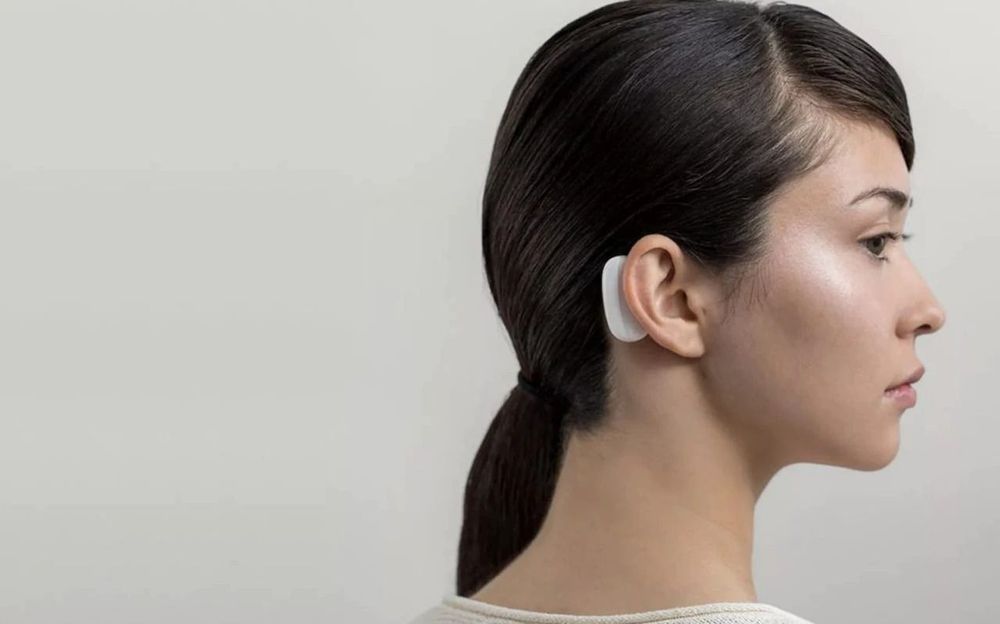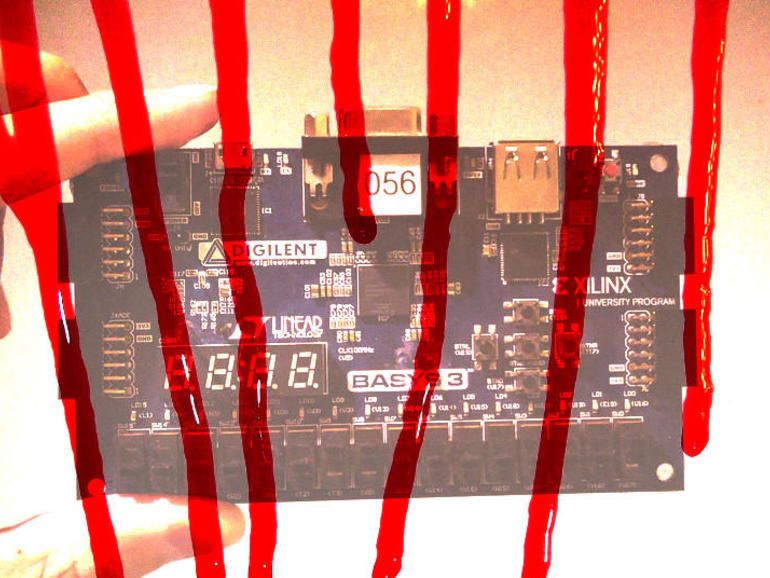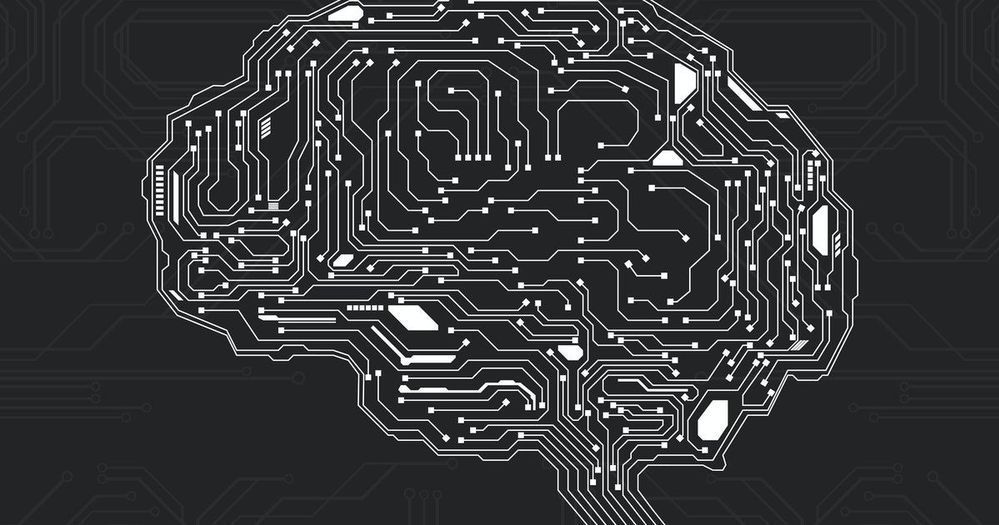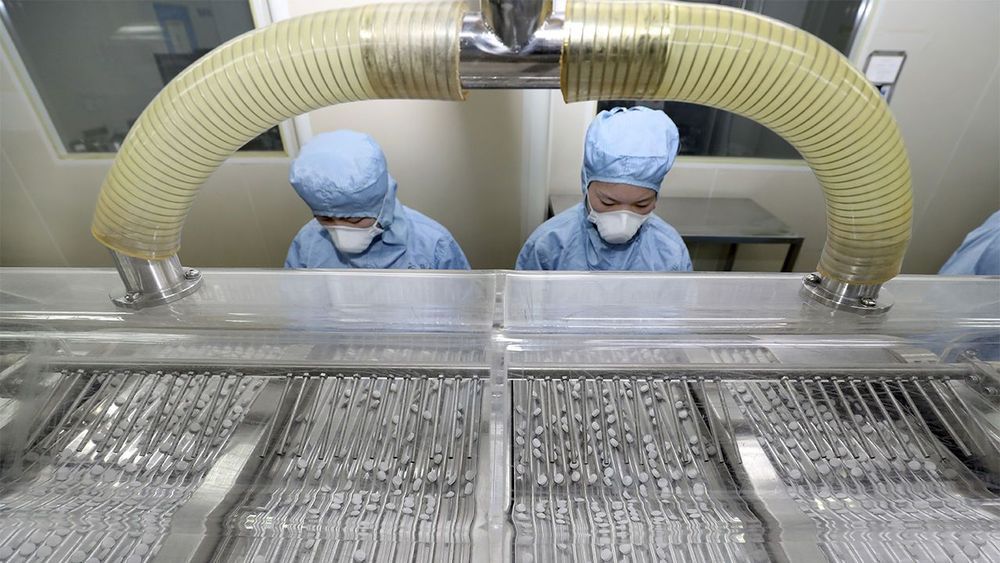
Strokes, seizures, loss of smell and taste and other neurological deficits are showing up in patients critically ill with the coronavirus.
Although the virus is classified as a respiratory disorder and primarily damages the lungs, clinicians are seeing patients with a wide array of symptoms, from seizures to hallucinations, brain inflammation, disorientation, delirium and loss of smell and taste.
“I had a patient, a young guy, 48, who attended a party in New Rochelle two weeks before and came in with hallucinations and confusion,” said Dr. Pooia Fattahi, regional chair of neurology for Trinity Health Of New England. The patient had no fever and only a slight cough. Still, aware some COVID-19 patients show up at hospitals with seizures, strokes and confusion, Fattahi suspected, correctly, that the patient had COVID-19. Three of those who attended the same New Rochelle party ultimately died of the virus.


















